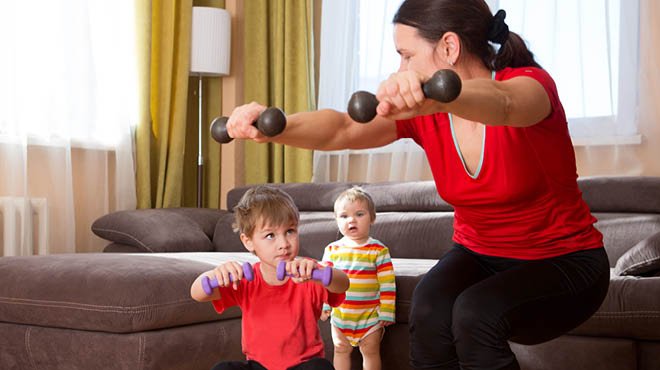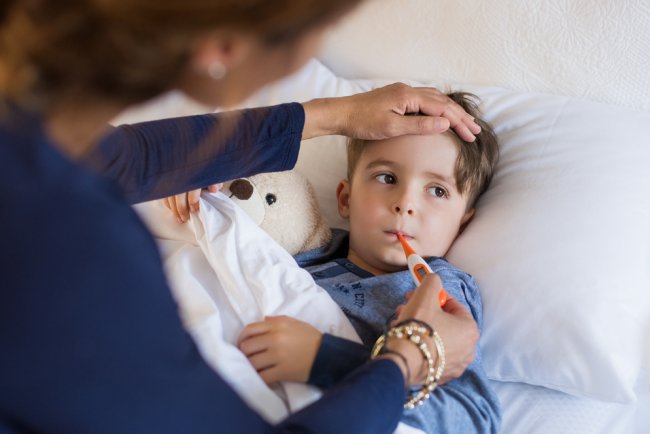Promoting Healthy Habits: Nutrition, Sleep, and Exercise for Children
Discover the essential guide to promoting healthy habits in children through optimal nutrition, quality sleep, and regular exercise. Enhance your child's well-being with expert tips and insights.

Introduction
What's Your Reaction?





















